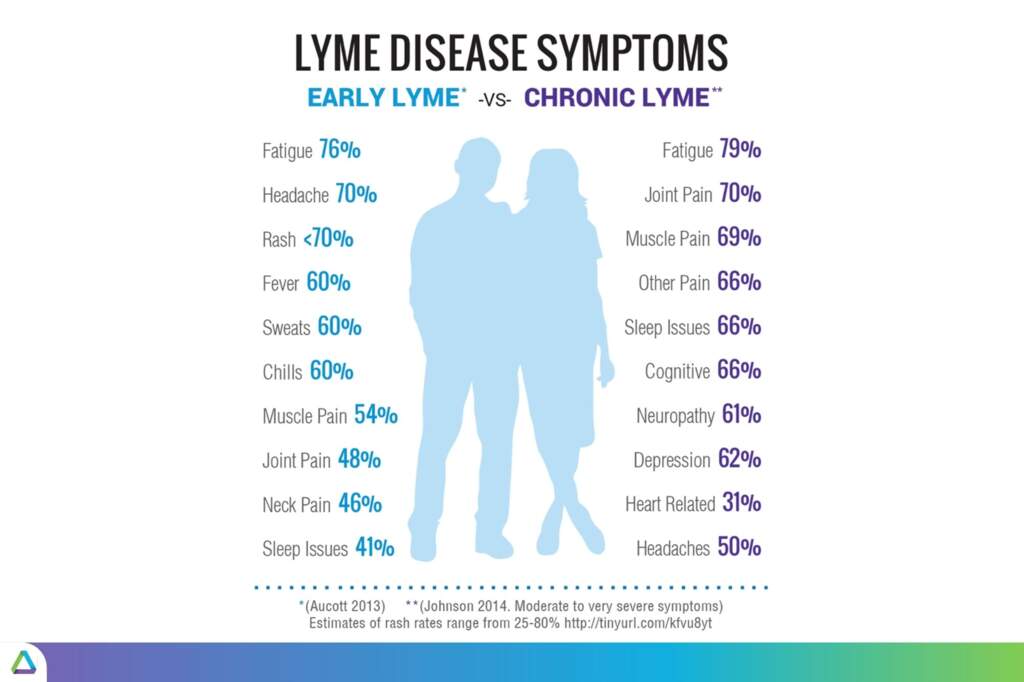Jul 16, 2021
Lyme Disease Safety & Prevention
Tick & Lyme Disease Fast Facts:
- 50% of Lyme patients are children
- 50% have no history of tick attachment
- Patients treated with appropriate antibiotics as soon as a bite is detected are more likely to recover rapidly and completely.
- Blood tests are not 100% effective; bacteria may not show up in blood for up to 5 week
What is Lyme disease?
Lyme disease is a bacterial infection that comes from an infected tick bite. The bacteria is called a spirochete. It infects your blood, but if too much time goes by, it crosses the blood barrier and burrows into your organs where it continues to grow and make a human very sick. Spirochetes have a life cycle and replicate every 28 days which is why it is a horrific disease. Lyme disease inflames the body and causes excruciating headaches, brain fog, joint/ muscle/nerve pain, major gastrointestinal issues, dizziness, ear ringing, light & sound sensitivity, anxiety, and in the beginning, flu like symptoms.
Only 1 in 2 (50%) of bite victims develop a bullseye rash.
Common Tick Borne Co-infections:
Anaplasma: a white blood cell parasite that causes fever, headaches, generalized body aches and is associated with leukopenia (granulocytes), thrombocytopenia, and elevated transaminases.
Babesia: a malaria-like piroplasm that invades red blood cells causing fever, fatigue, chills, sweats, headaches, dyspnea, and may be associated with anemia and elevated transaminases.
Ehrlichia: a white blood cell parasite similar to Anaplasma and causing a similar clinical picture, the type of WBC invaded is species dependent; most commonly associated with Lone Star ticks, one type may be more associated with Ixodes ticks.
Bartonella: intracellular parasite that invades erythrocytes, endothelial and other cells; increasing but still inconclusive evidence for tick transmission; associated with fever, lymphadenopathy, eye disorders, myocarditis, endocarditis, encephalopathy, musculoskeletal involvement.
Powassan Virus: flavivirus with 2 lineages transmitted by different ixodes ticks. Lineage II also called deer tick virus; can cause severe neurologic symptoms; no known treatment; fatalities documented.
Tick Borne Encephalitis Virus: prominent in Europe and Asia, a flavivirus that affects the central nervous system; no known treatment; a vaccine is available in some parts of Europe; limited use owing to adverse effects in children.
P.R.E.V.E.N.T Lyme & Tick Borne Infections Checklist:
Permethrin-Pretreating with Permethrin makes you 74% more protected than using bug spray alone. It repels AND kills ticks on contact; it has been approved by the EPA as safe for use on clothing apparel and gear. It lasts 45 days or 6 washings. Treat footwear, socks (ticks are small enough to crawl through socks if not protected), clothing specifically for wearing outside (4 to 8 outfits), jackets with specific attention to inside and outside of cuffs/neck, inside/ outside of shorts, picnic blankets, hats, cloth folding chairs, outdoor rugs, and camp gear.
Repel ticks by using Bug Repellent containing Deet or Picaridin on exposed skin; this will provide added repel protection, but by itself does not work as effectively as with Permethrin sprayed clothing. NOTE: Natural sprays that use lemon and eucalyptus are not as effective... they last only 30 minutes and less if sweating.
Eliminate ticks on clothing by throwing all clothing worn outside as soon as you come in into a HOT dryer for 30 minutes. Ticks survive water, but they die in heat. Shower within 30 minutes to an hour of coming inside to wash away any unattached ticks.
Vigilantly CHECK for ticks EVERY TIME you have been in the outdoors.
Exercise Caution when outdoors. Avoid brushing against plants or tall grasses, walking in fields or through leaves (never jump in them), playing in the woods or along water shores where moist grass or leaf litter exists. Do not sit directly on the ground or on rock walls. Stay in the center of paths that should have 2 to 3 feet of clearance on either side of them. Tuck pants into socks. Wear light colored clothing, enclosed shoes.
Never wait for symptoms to appear if bit. Remove the tick, wash the site with peroxide and see a doctor immediately. Send the tick for testing. For more information, www.lymedisease.org or www.ilads.org
Talk about it. Remind each other. If all repel, exercise caution, check, the spread of Lyme will be prevented..
- Valerie McDonald, PA
